The Ultimate First Pregnancy Guide: What to Expect in 2024 (Month by Month)

Expecting your first baby? Learn everything you need to know with my first pregnancy guide, from early symptoms to labor preparation.
Did you know that 85% of women experience morning sickness during their first pregnancy? Don’t worry – you’re not alone on this incredible journey!
As a first-time mom-to-be, I was surprised by all the good yet bad symptoms that came with the adventure of growing a little one. I remember feeling both excited and overwhelmed during my first pregnancy, which is why I’ve created this comprehensive guide to help you navigate every step of the way.
Whether you just saw those two pink lines or you’re already feeling those first butterfly kicks, let’s explore everything you need to know about your first pregnancy!
I may earn a small commission from purchases made through links on this site at no additional cost to you, but this does not influence my product recommendations as I only share items I genuinely love and trust.
Table of Contents
First Signs and Early Pregnancy Symptoms
Let me tell you, as a dental hygienist going through my first pregnancy, those early pregnancy signs hit me like a ton of bricks!
The day I suddenly couldn’t stand the smell of my patient’s minty toothpaste – the same one I’d been using for years – was my first clue something was different. And don’t even get me started on that morning when my favorite coffee suddenly smelled like burnt rubber. Talk about a rough start to my workday!
Even though I work in healthcare, pregnancy symptoms caught me totally off guard. Sure, I knew the basics from biology class and helping my pregnant patients with their oral health, but experiencing it firsthand? That’s a whole different ballgame.
Those Sneaky Early Signs (Even Before Your Missed Period)
Listen up, because these subtle changes might surprise you. Here’s what to watch for:
- A weird metallic taste in your mouth (totally caught me off guard with my pregnancies!)
- Suddenly being super sensitive to smells
- Feeling unusually tired, like can’t-keep-your-eyes-open exhausted
- Mild cramping and spotting (implantation bleeding)
- Having to pee more often than usual
- Tender, swollen breasts that happened within just a few weeks
Managing First Trimester Symptoms (Because They Can Be Rough!)
Oh boy, morning sickness – which, by the way, is totally misnamed because it can hit any time of day and even last all day, exciting, right? Here’s what really helped me:
- Keep crackers by your bed and eat them before getting up
- Try ginger tea or candies (they may not taste the best, but they’re lifesavers!)
- Eat small meals every 2-3 hours (something dry, like saltines)
- Stay hydrated with water or electrolyte drinks
- Rest when your body tells you to (seriously, don’t fight it)
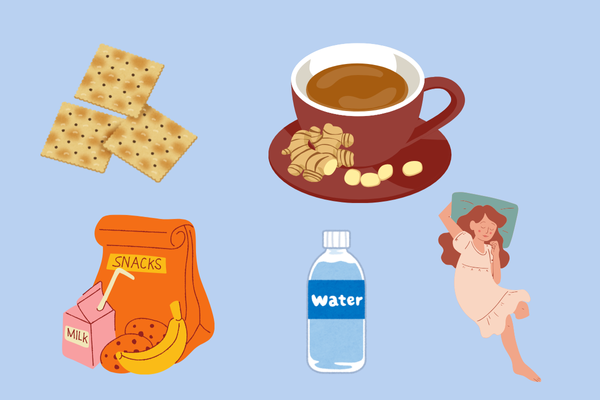
One thing I’ve learned is that every pregnancy is different. What works for your sister might not work for you, and that’s completely normal.
When Should You Call Your Doctor?
Here’s where I get really specific, because this stuff matters:
- Severe nausea where you can’t keep anything down for 24+ hours
- Bright red bleeding that fills a pad
- Cramping that feels worse than period cramps
- Dizziness that doesn’t go away after sitting down
- Fever over 101°F
The Emotional Rollercoaster (It’s Real!)
Y’all, the mood swings are no joke. One minute you’re crying because the dog food commercial is just so sweet, and the next you’re irritated because someone breathed too loudly.
This is totally normal! Your hormones are doing some crazy things right now.
Quick timeline of what’s happening in those early weeks:
- Weeks 1-2: Your body’s preparing for pregnancy
- Weeks 3-4: Implantation occurs
- Weeks 5-6: Morning sickness might kick in
- Weeks 7-8: Baby’s heart starts beating
- Weeks 9-12: Major organ development happening

Here’s something I wish more people talked about: it’s okay to feel overwhelmed or anxious during early pregnancy. I’ve seen countless women struggle with mixed emotions, even when the pregnancy was planned. You’re not alone in this!
The bottom line? Those early pregnancy symptoms can feel overwhelming, but they’re usually a sign that everything’s progressing normally.
Just take it one day at a time, and don’t hesitate to reach out to your healthcare provider with questions. After all, that’s what they are here for!
Essential First Steps After Confirming Pregnancy
Boy, do I remember the mix of excitement and total panic after seeing those two lines!
I must have taken three more tests just to be sure – and then spent the whole evening alternating between happy tears and frantically Googling “what to do when you first find out you’re pregnant.” Not my proudest moment, but hey, we all start somewhere!
Finding Your Perfect Healthcare Provider (It’s Like Dating, But More Important!)
When I was first looking, I had no idea which one was the best for me. It took a lot of asking around and looking up google reviews.
FYI most providers don’t make your first appointment until your about 8 weeks, weird because you have so make questions and concerns early on.
Here’s what you should actually consider when choosing:
- Insurance coverage and network providers
- Distance from your home (trust me, you don’t want a long drive when you’re 39 weeks pregnant!)
- The practice’s approach to birth plans
- Communication style (Do they answer messages promptly?)
- Hospital affiliations
What That First Prenatal Appointment is Really Like
I still chuckle when I think about how nervous I was at my first appointment. Here’s what actually happens:
- Medical history review (bring your family history!)
- Blood work and urine sample
- Dating ultrasound (maybe – not all practices do this first visit)
- Physical exam
- Questions and answers session (jot down any questions in your notes so you don’t forget!)
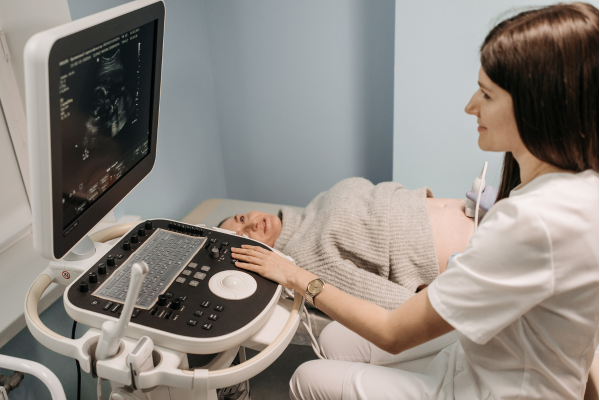
The appointment usually takes about an hour, and yes, your partner should definitely come if possible. Bring a notebook – pregnancy brain is real, y’all!
Lifestyle Changes You Need to Make, Like, Yesterday
Here’s the stuff I wish someone had told me right away:
- Quit the wine o’clock habit (no amount of alcohol is safe)
- Switch to decaf or limit caffeine to 200mg daily
- Stop eating those gas station sushi rolls (sorry!)
- Check your medications with your doctor (even over-the-counter stuff)
- Start sleeping on your left side (it’s better for blood flow)
The Real Deal About Prenatal Vitamins
Yes, prenatal are expensive, but for the health of you and your baby, please get a good quality brand that includes all essential ingredients!
Here’s what to look for:
- At least 400mcg of folic acid
- Iron (but look for “gentle iron” if you get queasy easily)
- DHA (omega-3s for baby’s brain development)
- Vitamin D (at least 600 IU daily)
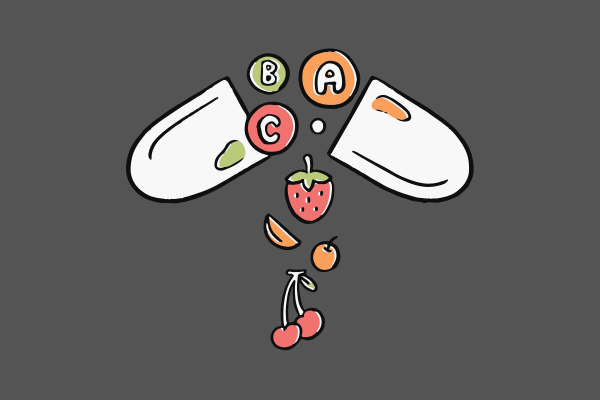
Little hack: Take them with dinner instead of breakfast – they’re easier on your stomach that way!
Your First Pregnancy Guide by Trimester
Okay, so here I am, a dental hygienist who’s spent years telling other people how to take care of their health, and suddenly I’m the one googling every little pregnancy symptom at 2 AM!
Being pregnant for the first time has been quite the adventure, and I want to share everything I’ve learned along the way.
Trust me, some of this stuff definitely isn’t in the books they give you at your first appointment!
First Trimester (Weeks 1-13): The “Why Didn’t Anyone Warn Me?” Phase
You guys, that first trimester hit me like a ton of bricks. There I was, trying to lean over my patients’ chairs to clean their teeth while fighting waves of nausea.
Pro tip: keeping lemon-scented anything nearby helps with those random smells that suddenly make you queasy.
Who knew the smell of someone’s coffee breath could be so triggering?
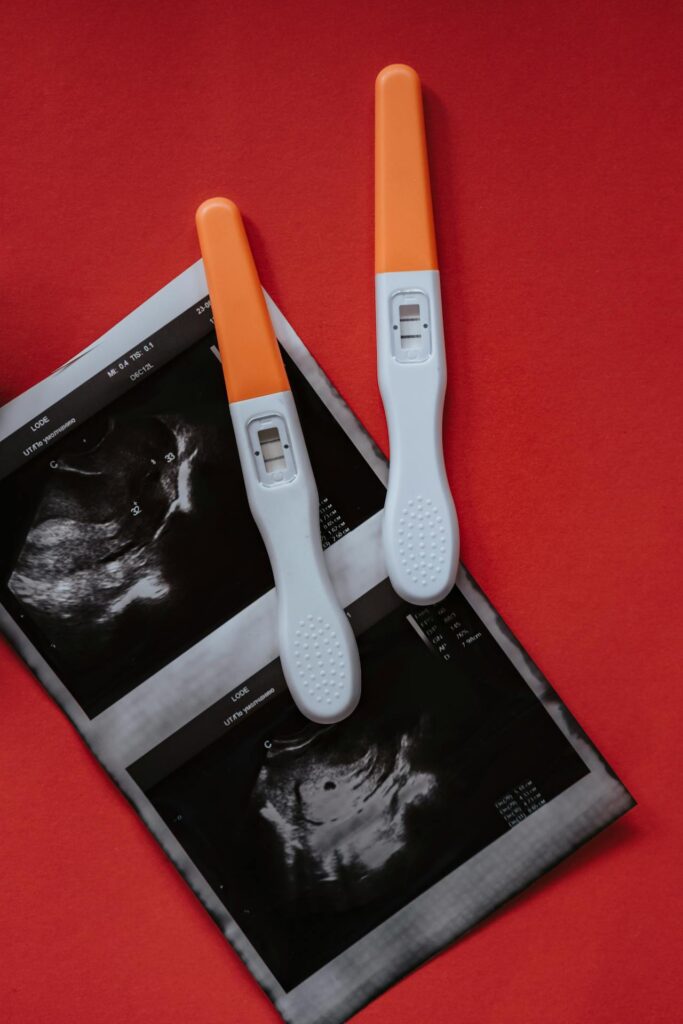
During these first weeks, I learned baby was growing from a tiny poppy seed to about the size of a lemon. While that was happening, here’s what I was dealing with:
- Morning sickness (except it lasted ALL day)
- Weight loss due to constant nausea (don’t worry, that’s normal)
- Exhaustion like I’ve never known (fell asleep in my car during my lunch break more than once!)
- Super sensitive gag reflex (try being a dental hygienist with that!)
- Food aversions that made no sense (goodbye, my beloved morning coffee)
- Sore breasts that made my scrubs uncomfortable
What actually helped me:
- Eating small meals every 2-3 hours
- Wearing a sports bra under my scrubs
- Sea-bands on my wrists (looked silly but helped with nausea)
- Taking my prenatal vitamins right before bed instead of in the morning
Second Trimester (Weeks 14-27): Finally Feeling Human Again!
When people call this the “golden trimester,” they’re not kidding!
Around week 15, it was like someone flipped a switch. Suddenly, I could make it through a full day of patients without needing a nap in my car during lunch. My energy came back, and I actually started enjoying being pregnant instead of just surviving it.
The coolest part? Feeling those first movements! It happened during week 19 on my day off. At first, I thought it was just hunger pangs, but nope – baby was saying hello!
Now I know that during this time, baby grew from lemon-sized to cauliflower-sized, which is kind of mind-blowing.
Changes I noticed:
- Finally showing! (Had to buy maternity scrubs)
- Actually wanting to eat vegetables and protein (meat) again
- Weird dreams every single night
- Hair and nails growing like crazy
- That pregnancy “glow” everyone talks about (turns out it’s just extra oil production, but I’ll take it!)
Third Trimester (Weeks 28-40): The Countdown Begins
Currently in this phase, and wow, doing dental cleanings with this belly is… interesting!
I’ve had to adjust my positioning completely, and my patients find it hilarious when the baby kicks while I’m scaling their teeth. It’s like having my own little dental assistant in training!
What’s Really Going On:
- Baby’s getting big (from cauliflower to watermelon!)
- Bathroom breaks every hour (not great during long procedures)
- Braxton Hicks contractions (super weird feeling)
- Swollen ankles by the end of each workday
- Pregnancy brain is REAL (wrote the wrong date on charts three times yesterday)
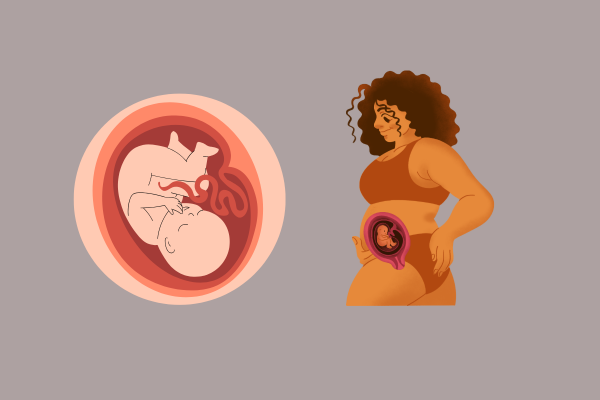
How I’m Preparing:
- Already packed my hospital bag (maybe too early, but hey, I’m a planner!)
- Taking extra breaks between patients
- Wearing compression socks under my scrubs
- Practicing breathing exercises between appointments
- Setting up my maternity leave coverage (thanks to my amazing coworkers)
The biggest lesson I’ve learned? Every pregnancy really is different. My best friend had totally different symptoms, and that’s okay!
What matters is keeping up with those prenatal appointments and being honest with your healthcare provider about any concerns.
Also, if you’re a fellow dental professional – invest in good shoes and a pregnancy pillow for your chair. Your back will thank you! And don’t feel bad about taking those extra bathroom breaks or needing to sit down more often. Growing a human is hard work!
Something I wish I’d known earlier: start taking photos of your growing belly right away.
I waited until 20 weeks because I felt silly, and now I wish I had those early pictures to compare. Even if you don’t share them, they’re amazing to look back on.
And remember – despite all the challenges, seeing that little heart beating on the ultrasound screen makes everything worth it.
Even the part where I had to stop and spit out my toothpaste every morning because brushing my teeth made me gag (ironic for a dental hygienist, right?).
Nutrition and Wellness During First Pregnancy
Let me tell you, figuring out this whole pregnancy nutrition and wellness thing has been quite the journey!
After spending countless hours researching and honestly making quite a few mistakes along the way, I’ve learned what actually works for staying healthy while growing a tiny human.
Essential Nutrients: Beyond Just Taking a Prenatal
Y’all, I thought I was eating healthy before pregnancy, but wow, was there a learning curve! Here’s what I’ve discovered really matters for baby’s development (and how to actually get it without losing your mind).
Folic Acid has been my biggest focus – you need 400-800 micrograms daily. I started getting mine through:
- A daily prenatal (obviously)
- Lots of leafy greens in my smoothies
- Fortified cereals for breakfast
- Lentils (which surprisingly don’t trigger my morning sickness)
Iron became super important too, especially after feeling so tired I could barely function. My doctor checked my levels and recommended 27mg daily. Here’s what worked for me:
- Lean red meat twice a week
- Pairing iron-rich foods with vitamin C (like having orange juice with my fortified cereal)
- Cooking in cast iron pans
- Taking my iron supplement separately from calcium (who knew they competed for absorption?)
The Food Drama: What’s Actually Safe
Can we talk about all the conflicting food advice? It’s enough to make anyone crazy!
After lots of research and conversations with my doctor, here’s my real-world guide to pregnancy-safe eating:
Instead of deli meat, I’ve been doing:
- Home-cooked turkey breast (sliced thin)
- Rotisserie chicken (heated until steaming)
- Canned tuna (limited to 2-3 servings per week)
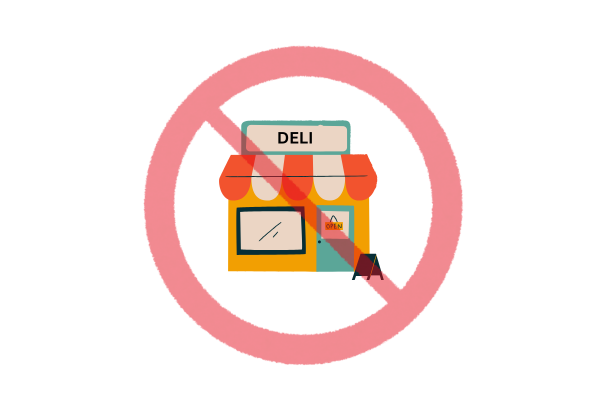
For my caffeine fix (because let’s be real, sometimes you need it):
- One small coffee in the morning (staying under 200mg caffeine)
- Rooibos tea when I want something warm
- Sparkling water with lime when I need something refreshing
Exercise: Keeping Moving Without Overdoing It
Before pregnancy, I was all about high-intensity workouts. Learning to scale back has been… interesting. Here’s what’s actually been working for me:
Morning Routine (15-20 minutes):
- Gentle stretching
- Pelvic floor exercises
- Light yoga (modified for pregnancy)
Afternoon Activities:
- 30-minute walks (with lots of bathroom breaks!)
- Swimming twice a week
- Prenatal-specific strength training
Tip: Get yourself a good support belt if you’re doing any walking. Trust me, it makes a huge difference for your back!
Sleep Solutions That Actually Work
Sleep has definitely been one of my biggest challenges. After trying basically everything, here’s what’s helping:
Bedtime Setup:
- Pregnancy pillow positioned just right (took some experimenting)
- Extra pillow between knees
- Room temperature at 68°F (my sweet spot)
- White noise machine to drown out my partner’s snoring

Evening Routine:
- Light stretching before bed
- No screens for 30 minutes before sleep
- Warm shower (but not too hot!)
- Magnesium supplement (cleared by my doctor)
Mental Health: The Part Nobody Talks About Enough
Can we be real for a minute? Pregnancy emotions are no joke. Some days I feel like a superhero growing a human, and others… well, not so much.
Here’s what’s helping me stay balanced:
Daily Practices:
- 10-minute morning meditation
- Gratitude journaling (even on tough days)
- Regular check-ins with my support system
- Setting boundaries at work and home
When Anxiety Hits:
- Deep breathing exercises
- Going for a short walk
- Calling my best friend
- Using pregnancy-safe aromatherapy
The biggest lesson I’ve learned? It’s okay to not love every moment of pregnancy. Some days are harder than others, and that’s totally normal.
What matters is taking care of yourself and baby in whatever way works best for you!
Here’s what I wish someone had told me earlier: write down your questions before doctor appointments. There’s so much to remember, and pregnancy brain is real!
I keep a running list in my phone and add to it whenever something pops up.
Common First Pregnancy Concerns and Solutions
Okay, let’s have an honest conversation about all those pregnancy worries that keep you up at night scrolling through mom forums.
Trust me, I’ve been exactly where you are, and while Dr. Google can be tempting at 3 AM, I’ve learned what actually helps (and what really doesn’t).
Morning Sickness: When “Morning” is a Straight-Up Lie
First off, whoever named it “morning” sickness had a twisted sense of humor. Mine hit hardest at 7 PM during dinner prep, which was super fun.
After weeks of trial and error, here’s what actually worked for me:
Quick Relief Strategies:
- Cold foods (they smell less and were easier to keep down)
- Eating before my feet hit the floor in the morning
- Ginger candies in my purse, car, and nightstand
- Small meals every 2 hours (even if I wasn’t hungry)
- Ice-cold lemon water with a bendy straw

What Didn’t Work:
- Those morning sickness lollipops (just made me more nauseous)
- Trying to “power through” without snacks
Tip: Keep a “nausea kit” in your car and by your bed. Mine had: ginger ale, saltine crackers, and ginger candies. Trust me, you’ll thank me later!
Those Weird Aches and Pains Nobody Warns You About
Y’all, the round ligament pain caught me completely off guard! One minute I’m walking normally, the next I’m doubled over because I sneezed. Here’s what helped me manage the various aches:
Round Ligament Pain:
- Moving slower when changing positions
- Wearing a support band (total game-changer!)
- Gentle stretching before getting out of bed
Back Pain Solutions:
- Pregnancy pillow between knees while sleeping
- Regular walks (start with 10 minutes)
- Prenatal yoga (found free videos online)
- Ice packs for 15 minutes at a time
Body Changes: The Real Deal
Can we talk about how wild it is watching your body change? One day nothing fits, and you don’t even look pregnant – just bloated. The next day, pop! Here’s what actually helped me cope:
Weight Gain Reality:
- First trimester: 2-4 pounds (mostly bloat!)
- Second trimester: About 1 pound per week
- Third trimester: Roughly 1 pound per week
Maternity Clothes Tips:
- Buy a size up in regular clothes first (cheaper than maternity wear)
- Invest in good bras early (your ribs expand too!)
- Get belly bands to extend regular pants
- Don’t wait too long for maternity clothes like I did!

Pregnancy Anxiety: You’re Not Alone
The worry is real, friends. I spent way too many nights wondering if every twinge meant something was wrong. Here’s how I learned to manage the anxiety:
Coping Strategies That Work:
- Writing down concerns for doctor visits
- Finding a pregnancy buddy (someone due around the same time)
- Limiting social media pregnancy horror stories
- Using pregnancy tracking apps for normal symptoms
- Daily walks for mental clarity
When to Actually Call the Doctor
After multiple panicked calls to my OB (bless their patience), I learned what really needs immediate attention:
Red Flags That Need Checking:
- Severe headaches that won’t go away
- Decreased baby movement (less than 10 kicks in 2 hours after 28 weeks)
- Any bleeding or fluid leaking
- Fever over 100.4°F
- Vision changes or seeing spots
Normal Things That Scared Me But Were Fine:
- Occasional cramping (unless severe)
- Braxton Hicks contractions
- Round ligament pain
- Light spotting after cervical exam
- Baby’s movement patterns changing (they sleep too!)
The biggest lesson I learned? Trust your gut. If something feels really wrong, call your healthcare provider. Better to make that “silly” call than to worry yourself sick all night.
Remember those kick counts after 28 weeks – they’re super important. I downloaded a kick counting app and checked in with baby’s movements every evening while relaxing on the couch.
Made a little ritual out of it with my favorite snack and some quiet time.
And here’s something nobody told me: it’s totally normal for symptoms to come and go. One day you’re exhausted, the next you feel great. One week you’re queasy, the next you’re ravenous. Pregnancy is weird like that, and that’s okay!
Preparing for Your First Baby: What You Actually Need (And What You Don’t!)
Preparing for my first baby was quite the adventure!
After spending way too much money on things I never used and scrambling last-minute for stuff I really needed, I’ve got some real-world advice to share about getting ready for your little one.
The Real Essential Baby Items (Not Just What the Stores Tell You)

Y’all, those baby registry checklists at big box stores are overwhelming! After learning the hard way, here’s what actually matters in those first few months:
Sleeping Essentials:
- 2-3 swaddle blankets (learned the hard way that some babies hate certain types)
- Bassinet or crib (you don’t need both right away!)
- 3 fitted sheets (midnight diaper blowouts are real)
- White noise machine
- Baby monitor
Feeding Must-Haves:
- 8-10 bottles if bottle feeding (start with small ones)
- Burp cloths (get at least 12 – trust me on this)
- Nursing pillow if breastfeeding
- Bottle sterilizer and drying rack
- Small cooler for milk storage
Diapering Station:
- Change pad (skip the fancy table)
- Diaper cream
- Wipes (lots of them!)
- Size 1 diapers (don’t go crazy on newborn size)
- Small garbage can with lid
What I Totally Didn’t Need:
- Wipe warmer (complete waste)
- Fancy diaper bag (backpack works better)
- Newborn shoes (seriously, why?)
- Baby towels (regular ones work fine)
Birth Plan Reality Check
After spending hours creating the “perfect” birth plan, here’s what actually mattered:
Key Elements to Include:
- Pain management preferences
- Who you want present
- Immediate newborn care wishes
- Feeding preferences
- Emergency C-section preferences
Tip: Keep it to one page! Mine was three pages long and nobody had time to read it during labor. Make it short and clear with bullet points.
Hospital Bag: Pack It By Week 35!
Learn from my mistake – don’t wait until contractions start! Here’s my tried-and-true packing list:
For Labor:
- Long phone charger
- Hair tie
- Lip balm
- Slip-on shoes
- Battery-operated fan
For After Delivery:
- High-waisted underwear (dark colored)
- Loose dress to go home in
- Nursing bra if breastfeeding
- Basic toiletries
- Snacks!
For Baby:
- 2 simple sleepers
- 2 onesies
- Car seat (installed by week 36)
- Blanket for ride home
- Diapers and wipes
- Stroller
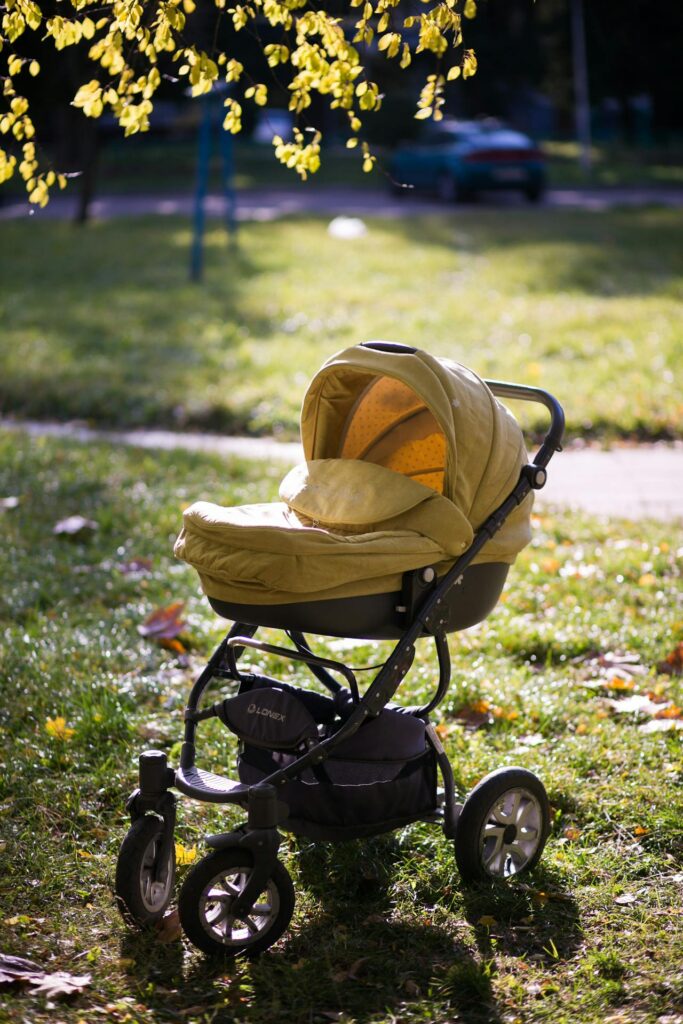
Nursery Setup: The 6-Month Timeline
Setting up the nursery was so much fun, but timing is everything! Here’s what worked for me:
Months 4-5:
- Choose and order furniture (delivery delays are real!)
- Pick paint colors
- Plan room layout (Pinterest in best for this!)
Months 5-6:
- Paint room
- Assemble furniture
- Install window treatments
- Set up organization systems
Month 7:
- Wash and organize clothes
- Stock supplies
- Add finishing touches
What I’m Glad I Did:
- Organized clothes by size
- Created a changing station downstairs too
- Set up white noise machine early to test
- Installed dimmer switch for night feeds
Maternity Leave Planning: The Real Deal
Planning maternity leave was stressful, but here’s how I made it work:
2-3 Months Before:
- Meet with HR about benefits
- Document your work processes
- Train your coverage person
- Start saving extra money if possible
1 Month Before:
- Set up out-of-office plans
- Finish major projects
- Create detailed handover notes
- Set boundaries for work contact

Financial Planning Tips:
- Check if your company offers short-term disability
- Save up sick days if possible
- Look into FMLA requirements
- Budget for unpaid leave time
- Check insurance deadlines for adding baby
The biggest lesson I learned? You don’t need everything perfect before baby arrives. Focus on the basics: safe sleep space, feeding supplies, diapers, and clothes. Everything else can wait!
Remember to build in some flexibility with all these plans. Babies have their own timeline, and sometimes things don’t go as expected. Having a good foundation but staying flexible helped me stay sane during those last few weeks of preparation.
One More Thing: Take pictures of your nursery setup and preparation process! I wish I had more photos of how everything came together.
It’s such a special time, even with all the stress and uncertainty.
Labor and Delivery Preparation
As a first-time mom-to-be, I’ve been obsessing over every little twinge and cramp, wondering “Is this it?!”
My pregnancy apps and books all talk about Braxton Hicks contractions, but honestly, how’s a newbie like me supposed to know the difference?
I’ve been soaking up every bit of advice from my doctor and experienced mom friends – turns out, I’m not the only one who’s nervous about recognizing real labor!
Real Signs of Labor You Shouldn’t Ignore
The telltale signs of labor are actually pretty specific, though they can vary from person to person. Here’s what to watch for:
Contractions that follow the 5-1-1 rule are usually the real deal.
That means they’re coming every 5 minutes, lasting for 1 minute, and have been consistent for 1 hour.
But here’s something they don’t always tell you – early labor contractions might feel like bad period cramps or even back pain.
The mucus plug (yeah, not the prettiest term) can come out anywhere from a few days to a few hours before labor starts.
It looks like thick, clear-ish or slightly bloody mucus. Sometimes it comes out in one piece, sometimes in bits – both are totally normal.
Pain Management: What Actually Works
Listen, there’s no shame in the epidural game, but there are lots of options to consider.
About 71% of moms end up choosing an epidural, but I’ve seen amazing unmedicated births too.
Natural Pain Management Methods:
- The birth ball is seriously underrated – it helps position your baby and relieves pressure
- Counter-pressure on your lower back
- Getting in water during early labor
- Deep breathing techniques (practice these BEFORE you’re in labor!)

Medical Pain Relief Options:
- IV pain medication (works for about 1-2 hours)
- Epidural (effective for 90-95% of women)
- Nitrous oxide (gaining popularity in U.S. hospitals)
Birth Interventions: What You Need to Know
Nobody plans for interventions, but knowing about them ahead of time can make them less scary if they become necessary.
Pitocin: Used in about 50% of births to either start or speed up labor. It’s not as scary as some make it out to be, but it can make contractions more intense.
Episiotomy: This used to be routine but now we only do them in about 11% of births when absolutely necessary. Most docs prefer to let you tear naturally if needed (sounds worse than it is, trust me).
Recovery and Postpartum: The Real Talk
Here’s what I wish someone had told me about postpartum recovery:
The first poop is scary but manageable (start taking stool softeners before delivery!). You’ll bleed for about 4-6 weeks, and it’s totally normal for it to get heavier around day 10 when you’re more active.
Postpartum Preparation Tips:
- Set up nursing stations around your house
- Stock up on high-waisted underwear
- Get several ice pack pads (absolute lifesavers)
- Accept help when it’s offered (this was hard for me to learn)
The biggest thing I’ve learned? Every birth is different, and there’s no “right” way to do it. The most prepared moms are usually the ones who educate themselves but stay flexible with their plans.
Tip: Pack your hospital bag at 36 weeks. You never want to rush to get the right supplies! And don’t forget a long phone charger – you’re gonna want those first baby pics.
Wrapping Up
Your first pregnancy is a unique and special time that deserves to be celebrated!
Remember, every pregnancy journey is different, and there’s no “one-size-fits-all” approach. By staying informed, listening to your body, and working closely with your healthcare team, you’ll be well-prepared for the amazing journey ahead.
Don’t hesitate to bookmark this guide and refer back to it throughout your pregnancy.
Here’s to a healthy, happy pregnancy journey – you’ve got this, mama! ❤
